Pre-Budget 2017 Briefing
February 1st - An important day. Possibly a day to remember that changes substantially the way Indian economy functions. We don’t know yet and only have to wait and watch. It is the much awaited BIG BUDGET DAY.
What is in it for you, and why this budget matters.
It is different in so many ways. To start with the date - Feb 1 is something new and was fought for, finally getting the “Go ahead’ from the Supreme Court and the Election Commission. For all that I can remember the Central Budget has been traditionally presented to the Parliament only on 28th February, full four weeks later. With the normal date the time when the money bill is finally passed after the usual hungama, dramabaazi and heated arguments in Parliament it would be too late in the day for the allocations for much of the social sector spending to be allocated and funds are drawn to be available for spending when the normal financial year that starts on April 1. That was the argument put up by the present government good four months back and had the tacit acceptance by the opposition parties. But the all important elections taking place within a week of Budget presentation the Opposition parties cried foul and the matter had to go for decision at the Supreme Court and the Election Commission.
More important: Demonetisation had taken place which had put a severe strain on the economy pulling down growth by almost one percent of GDP and the Opposition parties are going for the kill with the caveat by the Court that no extra sops be given to the poll-bound states in the Budget tying knots over the ruling government. Last two years India benefitted enormously by the steep drop in oil and commodity prices internationally. There is a possibility that both are likely to move up now. Election of Trump and the new love for protectionism in the US, Europes and other major importers are going to affect Indian Economy. Worse, Trump’s expectation of reciprocal import measures, patent negotiations, would matter much. On top of that India’s commitments for Climate and Global Heating can be a drain, particularly with no funds promised by the wealthy nations forthcoming and Trump reneging on US position on Climate. Inequality is very much on the rise and visible everywhere. Even in India and the Government has to do something quick for this.
However Indian Governments performance on the taxation front is all along been miserable. From the 125 crore population only about 4 crore pay income tax, the rest are not covered. Much of the revenue comes from the Indirect Taxes which is considered to be regressive. The Finance Minister has to play a really game balancing so many improbable and uncertainties. Be that as it may, it does still have much of the Budget characteristics which you have to understand. I suggest that you go through all the newspapers you can come across carefully for the next three or four days. Newspapers notwithstanding Budget is a complex technical matter and I intend to start giving you a series of inputs and explanations on the Budget process and contents starting with this. So here goes: Work on Budget making starts almost as early as Nov-Dec. Various arms of the Government start collecting relevant final figures on a variety of subjects and sectors.The Finance Ministry starts tapping the opinions of Economic think tanks, Industry Chambers etc. When I was in AUE(I) Ltd, our spokesperson was the correctly Chambers. When in PSU we approached the SCOPE, DPE, Dept of HI of Ministry of Industry etc in addition to informally getting through CII. These are for including in the Budget some provisions, concessions, exemptions etc related to various taxes, programs, investments etc And immediately after the Budget announcement it was my duty as Senior DGM, Corporate Finance/BHEL to ask for and collect from the 5 major manufacturing divisions and the three Business Divisions, as also the GMs dealing with Income Tax and Indirect Taxes the impact of the Budget on their operations in money terms. In addition, the remarks of media/ Chambers other experts etc would be examined carefully to compile a comprehensive report to be sent to the Dept of HI/Ministry of Industries since it would affect the Government also as the major shareholder in the PSU. Obviously similar operations would be happening across the country in all the Corporates, particularly the large groups. During the 70s and 80s when there were no computers and advanced telecom. a bunch of officers would be locked up for almost a month in the North Block working on the Budget with adding machines. They would have no contacts even with their own families for the duration. This year with all the number crunching machines available the trauma lasted only for about ten days. You may have read about this about a week back in the newspapers. This is to ensure secrecy of Budget proposals. With the advent of computing and communications, this has become less time consuming and more comprehensive. The confidentiality of Budget making inherited from the British system still remains. [A little aside about the North/South Blocks. South Block on top of the Raisina Hills to the right of the Rashtrapati Bhawan houses the Prime Minister’s Office, Min of External Affairs etc. We had no business with this Block. We in the company were more concerned with the North Block, the identical set of buildings across and nearer to the Central Sector Bus stand which contained the Finance Ministry, Policymaking offices of ITax, Central Board of Excise & Customs etc. But beyond the South Block were what was called the Barracks which held the Member Audit Board 3 of the C&AG with which also we were concerned]
The Budget week starts with the tabling of the Economic Survey prepared by the Department of Economic Affairs wing of the Ministry. This gives a broad sweep of the nation's economy in various spheres and also go on to give the Govt's view on the work to be done. Till last year the Railways Minister was presenting the Railway. This again is a handover from the British era when the Railways constituted a huge part of Govt. operations. Still, it does with a huge network, massive employee strength and substantial impact on the economy. Any changes in the tariffs and fares would impact every section of the society every industry and every consumer. Setting up of even a medium size railway workshop in any place can generate thousands of jobs directly and indirectly in that area have considerable economic boon for that area. But this year the Railway Budget is also merged with the Central Budget. And presented by the Finance Minister on feb. 1. Then comes the presentation of the Union Budget. Can you imagine the Budget was presented in the Parliament before 1991 at 5 PM IST!. Guess the reason why and check with my explanation given at the end of this dispatch. For the first time, the Budget was presented in the morning in 1993 by Mr Sinha. In fact, this budget had a lot of drama attached to it and scheduled to be presented at 10 am it could be finally read out only at 11 am after the Parliamentary hungama abated. When the Budget is presented you might also see some amusing spectacles. When the FM comes with his proverbial briefcase both the junior Ministers would also try to jostle for space on the first row at the photo session before the news cameramen. When the Budget is read out by the FM sudden comradeship sparks among the Treasury benches with everyone trying to find a seat just behind the FM to be within the camera angle. Parliamentarians who are so casual in attending official Sessions turn up with alacrity and in their best dresses well before time to capture vintage seats. Please do make an effort to see the Budget presentation on TV or on the networks. Try to follow the analysis given by the experts in various channels. Follow up with reading as many newspapers as possible in the next few days. You may not probably comprehend much but being confused at a higher level is better than being totally ignorant.
Different FMs also bring in their own individual styles. Dr Manmohan sing would usually start with an Urdu couplet and his soft monotone speech would contain frequent Urdu shares. With Mr Chidambaram, you can be certain of a few quotations from SageThiruvalluvar in Tamil. Pranabda would have alluded to some classic quotations in his heavily accented English. They are so serious reading that even occasional jokes sound heavy. The only person in the Finance Ministry with a sense of humour was Mrson imported Tatakeshwari Sinha of yore, but she was only a Deputy Minister and hence could not present the Budget.
UNION BUDGET::
The Budget Documents come in several parts, about a dozen if my memory serves correctly. The main ones are Part A which is the Budget Speech and Part B which consists of Taxation Proposals, both Direct (Income Tax) and Indirect (Customs and Excise duties) Part A describes the macroeconomic aspects of the Indian economy detailing the broad outlay of funds for different sectors, introduction of new schemes, priorities of the Government and focus areas etc. Parliamentarians and TV viewers slowly start getting bored of this ling winded preliminary part and suddenly jerk into attention when they hear the words " And now Mr Speaker, I present the Ways and means of securing the necessary funds" For this p Part B details the taxes for the forthcoming year. The Budget would give a summary of the intended expenditure along with how these expenditures are going to be met. These could be from taxes, grants, borrowings etc. In a household budget also you estimate the total receipts on one hand and list out the potential expenses on the other. and pray that the receipt side is heavier. Usually, it is. If not you try to borrow to make up. A country budget is invariably in the red, meaning the receipts smaller than the planned expenses. Then how does the country run? It borrows. From the market, from other countries or from international institutions. (Remember our discussion in PACE-UP classes on the Fiscal Cliff Dilemma of US. wherein you saw that the US Govt has been incurring humongous amounts of debt). This is called a deficit budget. More on this later.
WHERE DOES THE MONEY COME FROM:
Mainly from Taxes. There are also some non-tax revenues Let us get to know them more in detail:
TAX RECEIPTS:
Taxes can be of two types: Direct Taxes and indirect Taxes.
Direct Taxes
Direct Taxes are levied on Individuals like you and me, Companies etc.
The present Tax rate on Companies is 30% on their net income. (This is a general statement. A lot of other things are to be worked out on the taxes that companies pay. How do you think all these Chartered Accountants, Tax consultants and lawyers earn their daily bread ;-).). For individuals, taxes are on slab basis depending upon the net taxable income. Individuals have to start paying Income Tax only beyond a certain level of income. Hene the number of individual IT Payer in In India is abysmally small compared to the population figure.
STT
There is another thing that has come up in recent years - Securities Transaction Tax. This is the tax that you have to pay on the profits on the sale of shares and securities you held for more than one year. It is also known as long-term Capital Gains Tax. Minimum Alternate Tax. Companies are very intelligent. They rarely pay the stipulated 30% tax and the above agents find all kinds of legitimate loopholes to keep the tax paid low. If ultimately a companies tax rate turns out to be less than 10% it has to pay MAT @15% on book profits.
INDIRECT TAXES:
Indirect Taxes apply upon everybody.So almost the entire population is covered to some extent or other. These are taxes on things that we buy - goods and services. Since it is very widely spread the government prefers to take this route. more often than not.
Excise Duty: This is the tax on any item manufactured in the country. Every time you buy a pack of matches a small part of the price has already been recovered at the factory itself as ED.
Customs Duty: You can not impose excise on imported goods. Plus certain other economic objectives like protecting local industries by tariff barriers are also involved. This is done through customs duty which is levied on imported goods. In addition, there is also something called countervailing duty on certain goods for which exact replacement is available within the country.
Service Tax: Services are also a type of good availed by us, only it is not manufactured but provided by human intervention. This also causes expense for the user and income for the provider. This expense is brought under the service tax. More than a hundred services which we avail like telephoning, eating out, etc are taxes this way. There are also certain other taxes like Sales Tax, Octroi, local rates etc which are levied by the States and do not under the purview of the Central Government and Union Budget.
You should get to know some more minor technical terms to follow the Budget Speech: Value Added Tax: When something is manufactured the material input goes under modifications on different stages. For instance, Let us take a fan. Initially, steel sheets when bought by the fan company is already bearing some excise these steel sheets are cut into slotted stampings. At that stage where it attains the shape of a salable product, some additional ED is loaded When these stampings are wound with copper wire and get into a motor shape some more ED. finally when it emerges as a fan some more ED. In this, you would observe that at every stage the computed ED consists of a small amount of Tax upon Tax - what we call as cascading effect. This cascading effect is logically wrong and can amount to something huge with products which contain very large number of components and undergo several stages. In order to set off this anomaly a concept called Value Added Tax whereby credit for the tax paid at the earlier stage is provided for on production of proof of tax deduction at each stage.
GOODS AND SERVICES TAX: The long drawn GST negotiations between the Centre and States are finally over and are likely to be adopted by the middle of the year. With that, the VAT above and a whole range of indirect taxes like sales Tax, etc are to be abolished. Through the anomalies of state taxes, barriers, etc could be smoothened out enabling any good transferred and sold at
any other state would attract uniform tax.
DIRECT TAXES CODE: Indian Income Tax is one of the most complicated one in the world. Efforts have been made to simplify it. Direct Taxes Code is one such which has been talked about for years. Possibly it may be implemented after the general election.
SOME MORE INCOME THROUGH NON-TAX ROUTES:
There is a large number of Public Sector Undertakings. Central Govt is the owner of these to the extent of various degrees of disinvestment. Most of them get Govt loans. Interest on these loans is Non-Tax revenues. Several of them are profit-making and the dividends are also another source. Interest on loans to the states is another major source.
PUBLIC DEBT: The general public lodges a huge amount of money with the government. This is a source of the fund but has to be eventually paid back (with interest). The amount in store with the Govt through PPF, Post Office Savings, National Savings Certificate Kisan Vikas Patra, Provident Fund etc all come under this. In addition the Govt. periodically sells Treasury Bills (T-Bills) with maturity dates less than one year to fund short-term mismatches of receipts and payments. Long Term Loans are raised from the market by issue of Dated Securities. It can also borrow from the Reserve Bank of India for short duration needs. called Ways & Means Advances.
WHERE ARE THESE RECEIPTS ACCUMULATED:
CONSOLIDATED FUND: All the revenues mentioned above get into the Consolidated Fund . Expenses are made from this pool
CONTINGENCY FUND: You read about something called Petty Cash Reserves in your Accounts lessons. Just like that a small reserve of Rs 500 Crore is maintained separately for any urgent or unforeseen expenditure etc. Whatever amount is drawn from this has to be made good from the Consolidated Fund. I shall describe how these are budgeted to be spent in the next instalment.
Please share your comments below or visit us on http://empi.ac.in/empi/
--
Author A.V. K. Murthy,
Professor Cum Co-ordinator (Library & Publications)


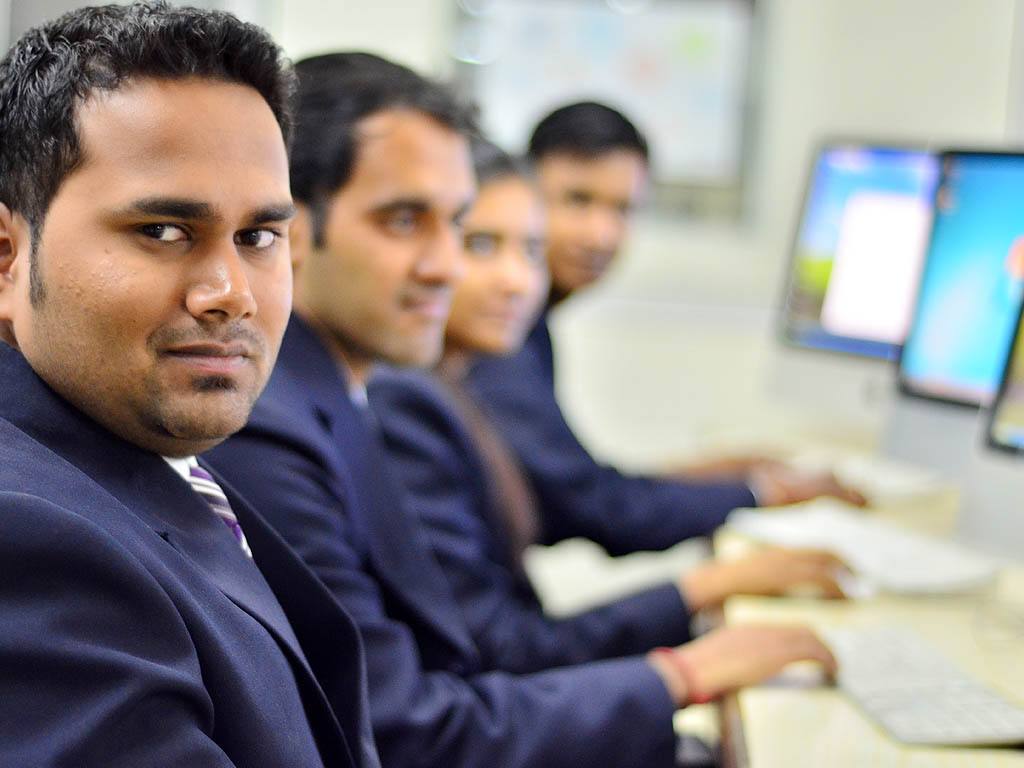


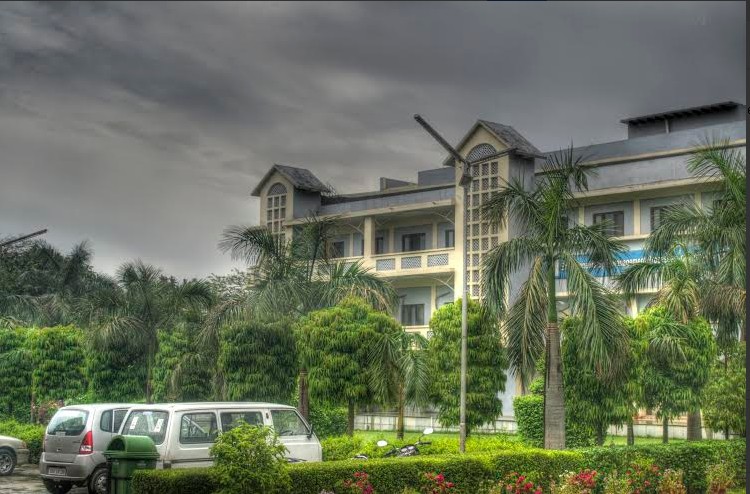

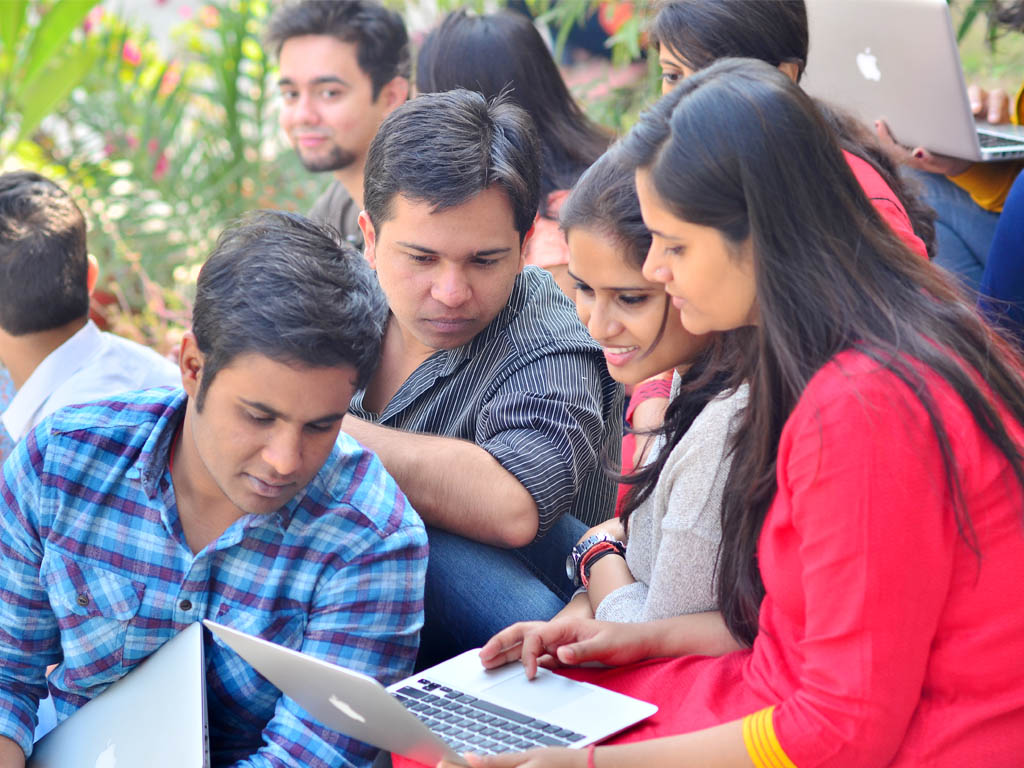
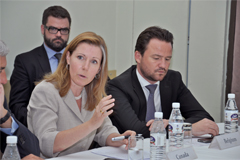
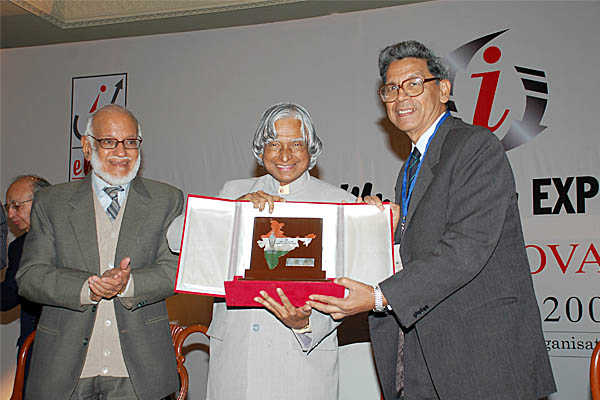
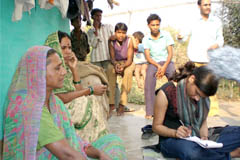
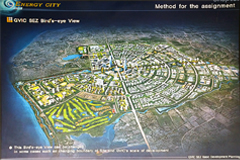

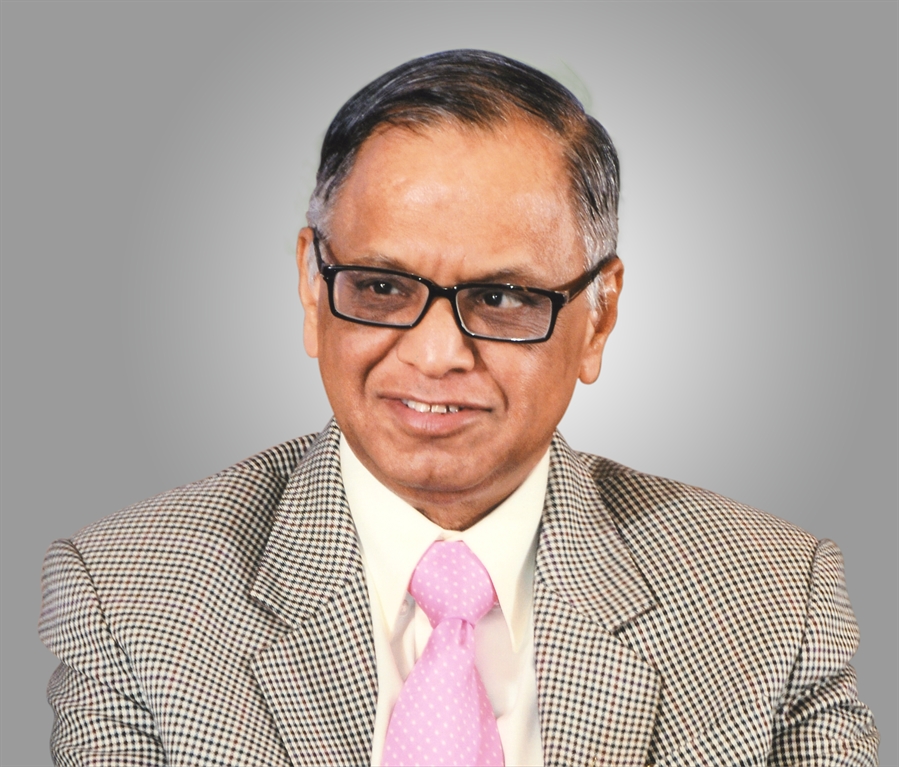
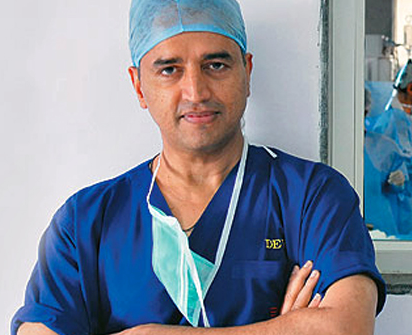
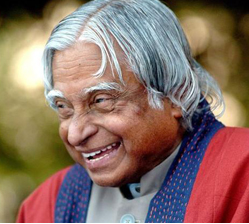
Blogs